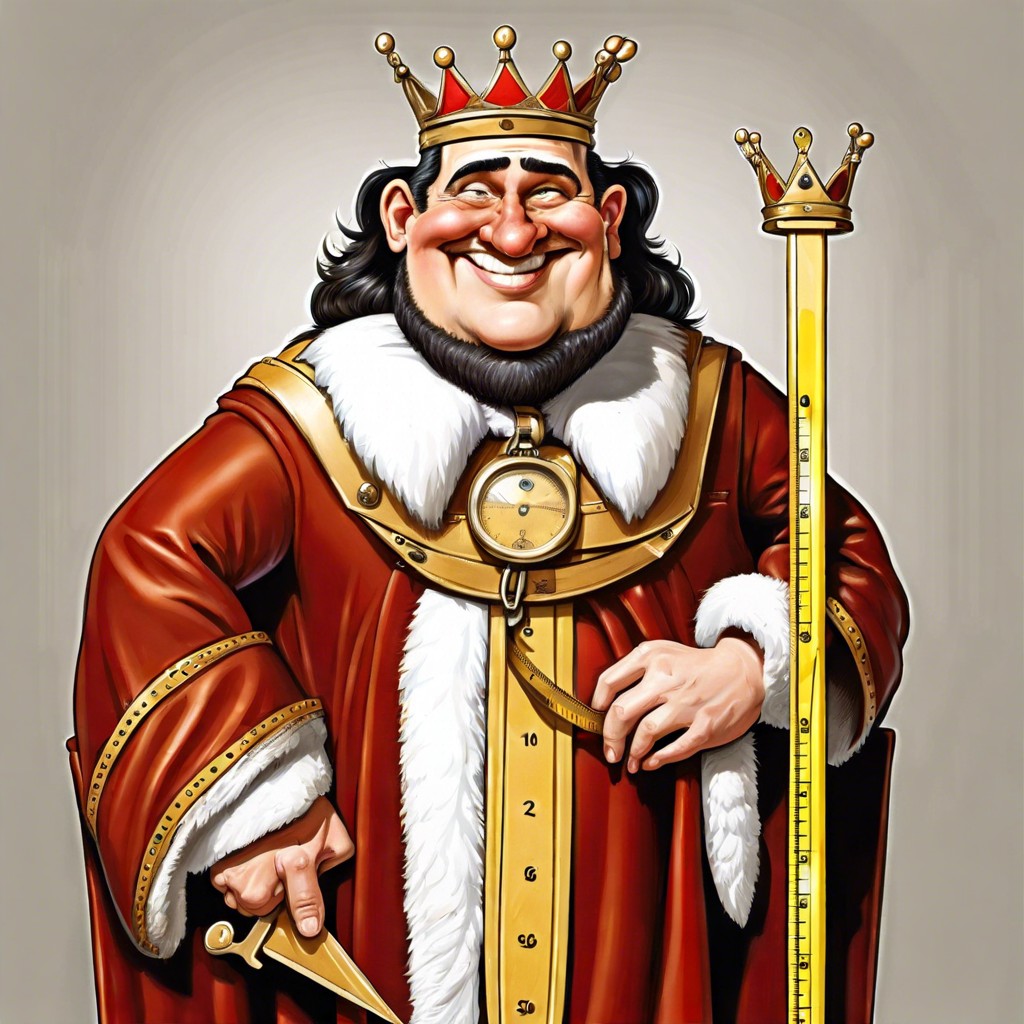Discover how to visualize the size of 4 centimeters using everyday objects.
Key takeaways:
- The size of 4 centimeters can be visualized by comparing it to everyday objects like a soda can, USB thumb drive, or sewing needle.
- In the medical field, a 4 cm tumor can indicate a more advanced stage of cancerous growth and guide treatment decisions.
- To measure 4 cm accurately, use a ruler or measuring tape, align it correctly, and consider using a caliper for smaller objects.
- If a measuring tool is not available, you can approximate by using familiar objects like dimes.
- Consistency and precision are key when measuring, especially in tasks where accuracy is crucial.
Visual Comparison of 4 Cm With Common Objects
Grasping the size of 4 centimeters can be simplified by referring to everyday items. For instance, the diameter of a typical soda can is about 6.5 cm; slightly larger than 4 cm, helping to put its size in perspective. Alternatively, consider the width of a standard USB thumb drive, which closely matches 4 cm. For those who sew, the end of a short sewing needle is approximately 4 cm long.
Such familiar references make it easier to visualize the dimension without needing a ruler every time, enhancing understanding through relatable comparisons. Whether looking at items in a toolbox, kitchen, or desk drawer, the likelihood of finding something around four centimeters in length is high, providing practical and accessible size examples for anyone.
4 Cm in Medical Contexts: Understanding Tumor Sizes
In the field of medicine, particularly oncology, understanding dimensions such as 4 cm can be critical. For many doctors, this measurement can signify the difference between stages of tumor growth. A tumor measuring 4 cm is typically larger than most benign tumors, and it often catches the attention of medical professionals because it suggests a more advanced stage of cancerous growth.
For example, in breast cancer, a 4 cm tumor might indicate a Stage IIB or IIIA cancer, depending on other factors like lymph node involvement. Similarly, this size in kidney cancer could potentially categorize the tumor as T2, suggesting it is larger than 2 cm but still confined within the kidney.
Recognizing and accurately measuring such dimensions helps in the planning of appropriate treatment strategies. Whether it’s deciding between surgical removal or considering the onset of chemotherapy, the size significantly guides clinical decisions.
This introduces the importance of precise measurement tools and techniques in medical settings to ensure accurate assessments and thereby, tailored treatment plans based on the individual’s specific condition.
How to Measure 4 Cm Accurately
Accurately measuring 4 cm can be crucial in many scenarios, from crafting to minor home repairs. Here’s how you can do it effectively:
First, choose the right tool. A standard ruler or a measuring tape is ideal. These tools typically have centimeters clearly marked, making it easy to get an accurate reading.
Position the ruler or tape measure correctly. Ensure it’s straight and aligned with the object or distance you are measuring. Any angle or curve can lead to a misreading.
For smaller objects, using a caliper can be more precise. Calipers can measure small distances with high accuracy, which is particularly useful in technical or detailed work.
If you don’t have a measuring tool handy, you can approximate. Knowing that the diameter of a dime is about 1.8 cm can help you visualize and estimate measurements around 2 cm by using a couple of dimes end to end.
Remember, the key to effective measuring is consistency and precision. Double-check your measurements to ensure accuracy, especially in tasks where precision is critical.




